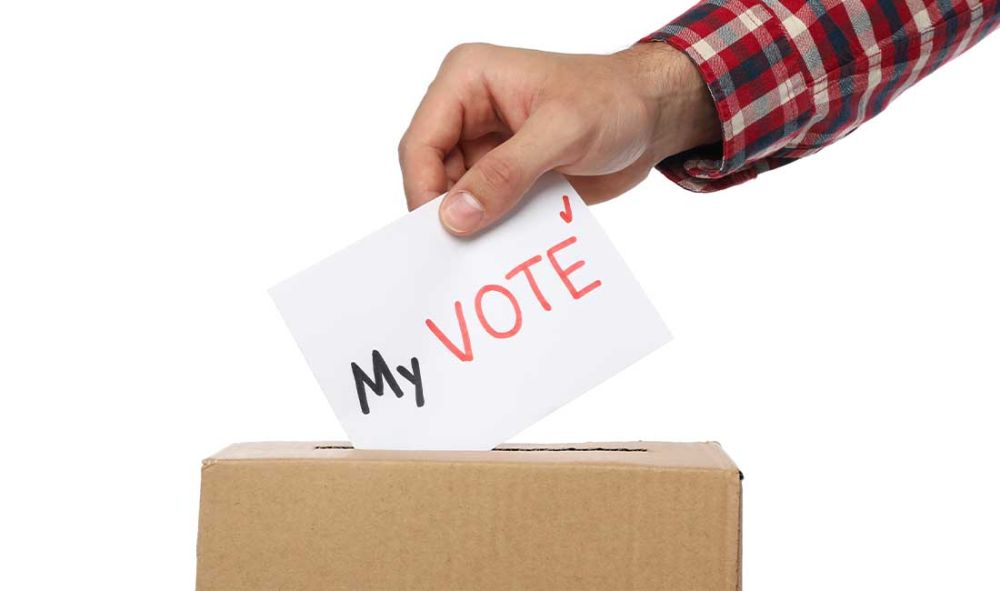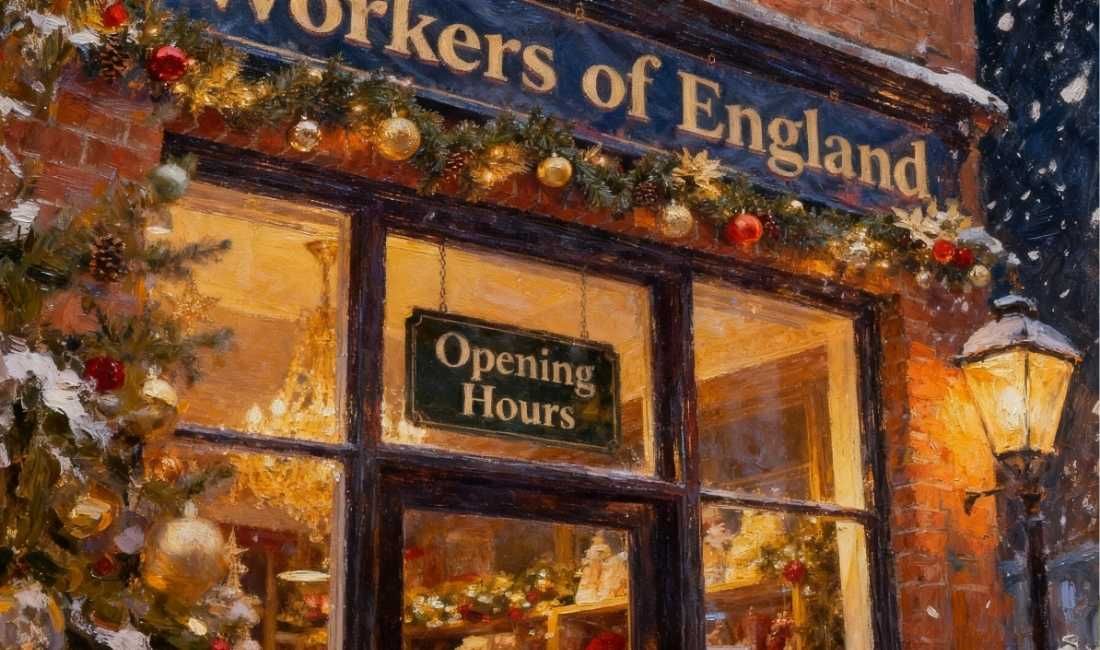A History of Voting in England, Part 1

| W.E.U Admin | News
TAGS: England, History, Voting
The evolution of voting in England is a tale of gradual, hard-won change—a centuries-long struggle to expand political rights from a privileged few to the wider public. Today’s democratic rights rest on generations of reformers, protestors, and movements that demanded reform.
Medieval and Early Modern Roots
In medieval England, voting existed only in a limited, elite form. The first recognisable parliament was summoned by Simon de Montfort in 1265, including knights representing counties and towns. However, MP elections were tightly restricted to landowning men—the wealthiest members of society.
Forty Shilling Freeholder Rule (1430)
By the 15th century, the Forty Shilling Freeholder rule was formalised, limiting the county vote to men who owned freehold land worth at least 40 shillings per year. This high property threshold excluded the vast majority of the population. Borough voting rules varied wildly, often controlled by local elites, creating widespread political exclusion.
Rotten Boroughs and Calls for Reform
By the 18th and early 19th centuries, the electoral system had become notoriously corrupt. “Rotten boroughs” like Old Sarum, which had almost no residents, still returned MPs. Meanwhile, fast-growing industrial cities such as Manchester had no representation.
This imbalance fueled widespread frustration and growing demands for reform, driven by radical political movements, industrialisation, and working-class activism.
The Reform Acts
The series of Reform Acts marked significant steps toward universal suffrage in England.
1832 – The Great Reform Act
This first major breakthrough abolished many rotten boroughs, created new constituencies, and extended the vote to middle-class men owning or renting property worth £10 or more annually. Around 1 in 5 adult men could now vote, though all women remained disenfranchised.
1867 – Second Reform Act
Extended the vote to many urban working men, doubling the electorate but still excluding agricultural labourers.
1884 – Third Reform Act
Enfranchised many rural labourers by bringing county and borough qualifications into alignment. By this time, around 60% of adult men in England had the vote.
1918 – Representation of the People Act
A watershed moment: all men over 21 and women over 30 (meeting minimum property qualifications) gained the vote, recognising wartime service and decades of suffragette and suffragist campaigning.
1928 – Equal Franchise Act
Established full voting equality: all women over 21 could vote on the same terms as men.
1969 – Voting Age Lowered to 18
Reflecting shifting social attitudes, the voting age was reduced to 18, enfranchising millions of young adults.
Electoral Reform and Challenges Today
England now operates under a universal suffrage system, yet debates endure over replacing First Past the Post with proportional representation, voter ID requirements, political disengagement, and unequal representation. While today’s democracy is vastly more inclusive, its evolution remains an ongoing process.
Key Milestones Timeline (England)
- 1430: Forty Shilling Freeholder rule formalised
- 1832: Great Reform Act
- 1867: Second Reform Act
- 1884: Third Reform Act
- 1918: Votes for all men 21+, women 30+ (with property)
- 1928: Equal franchise for women
- 1969: Voting age lowered to 18
Next Article Preview: Should 16-Year-Olds Be Allowed to Vote?
The debate over lowering the voting age to 16 continues to divide opinion in England. Supporters argue that 16-year-olds work, pay taxes, and join the armed forces, so they deserve a say. The success of youth turnout in Scotland’s 2014 independence referendum is often cited as evidence that early engagement fosters lifelong democratic participation.
Critics question whether most 16-year-olds have the political maturity to make informed choices, fearing undue influence from peers, parents, or social media. Others contend that full voting rights should align with all adult responsibilities, which begin at 18.
The issue remains unresolved, but it continues to feature prominently in discussions about the future of British democracy. For a deeper dive into the history of voting in England, see our detailed timeline article.
workersofengland.co.uk | Independent Workers Trade Union





